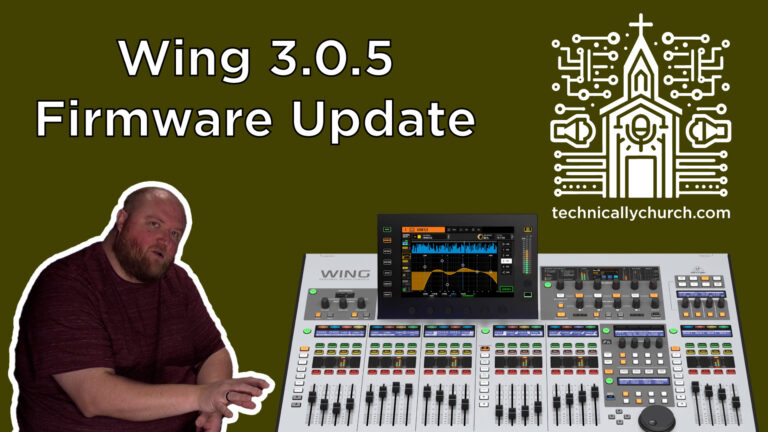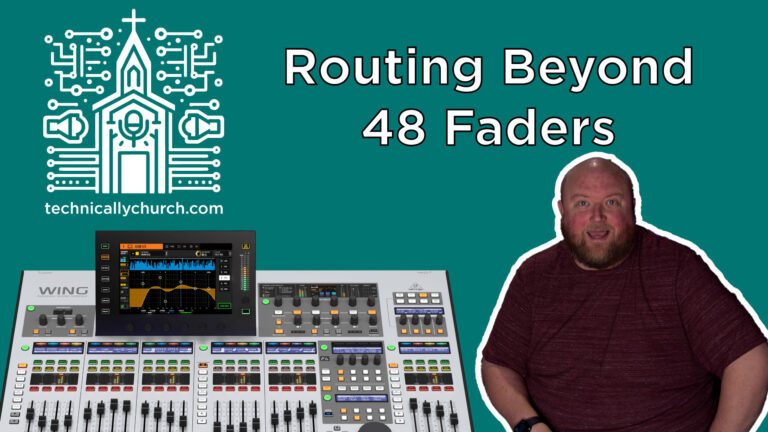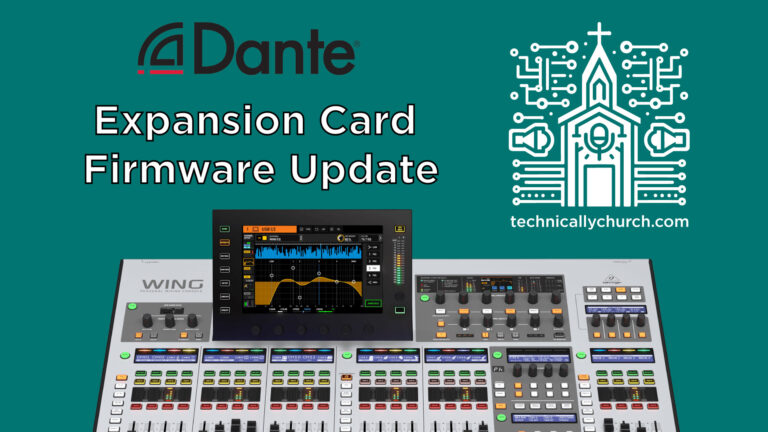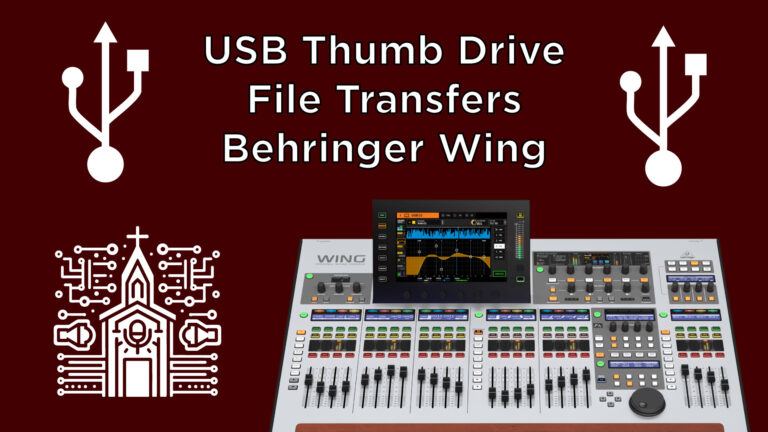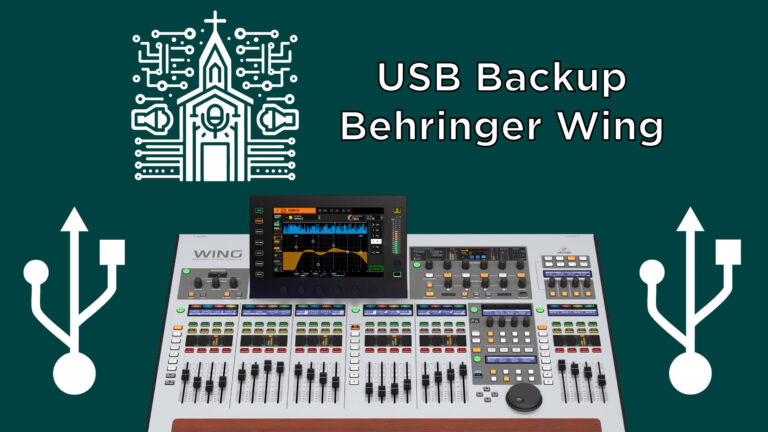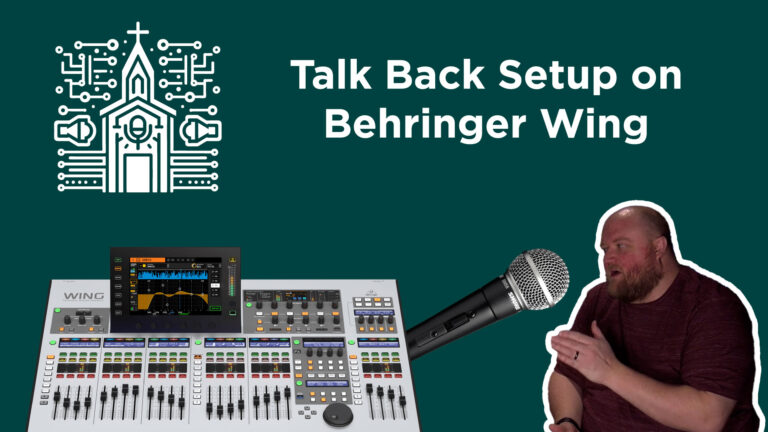Essential Behringer Wing Upgrade Guide – Firmware 3.0.5 Tutorial
This guide details how to safely upgrade the Behringer Wing console’s firmware from version 3.0.4 to 3.0.5. Back up your settings, download the firmware from Behringer’s website, load it onto a USB drive, and follow the on-console steps to update. Confirm everything post-update, and restore settings if necessary from a prior backup. Always review firmware release notes for key details.

